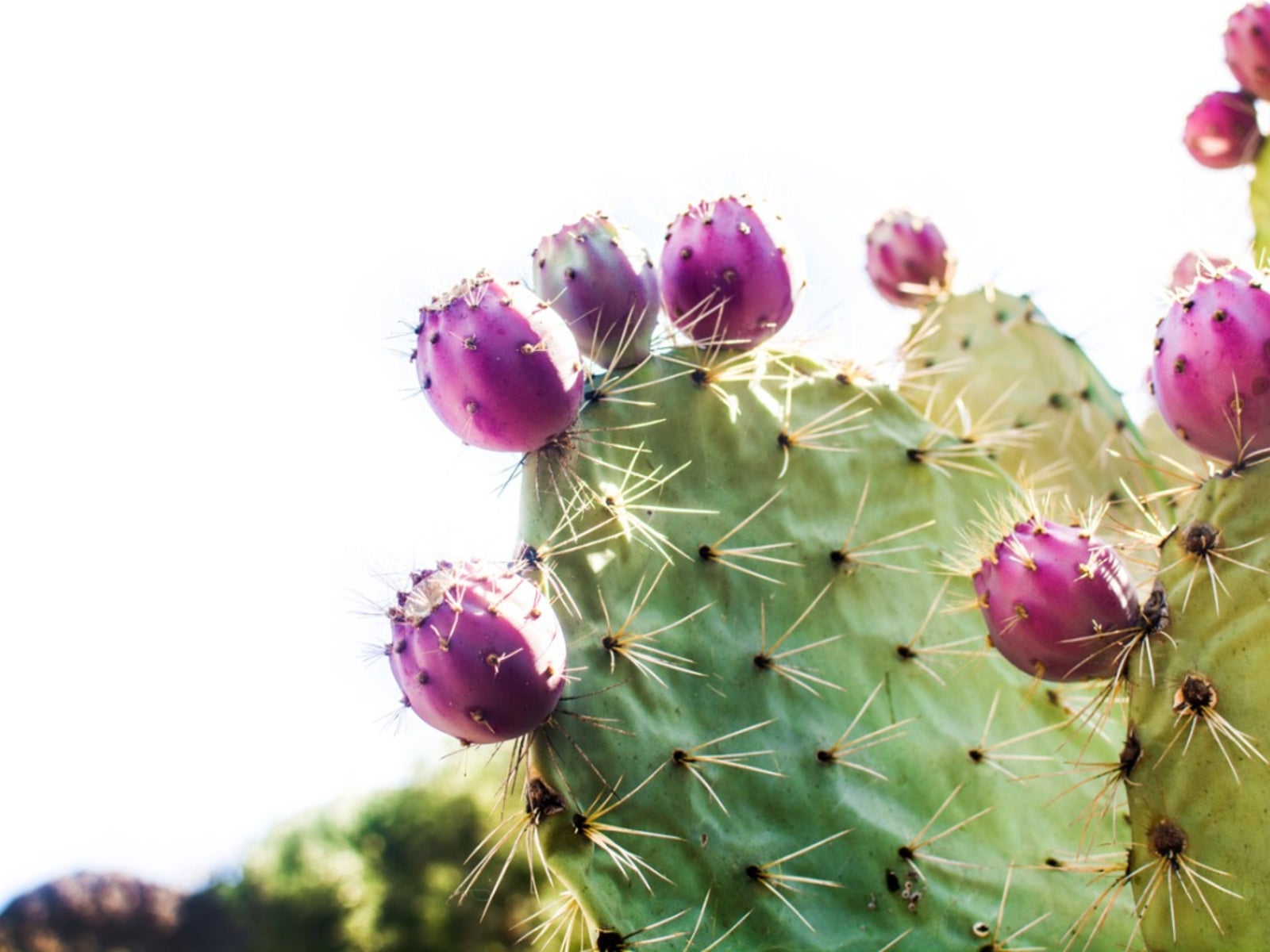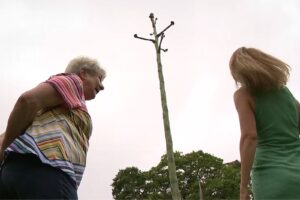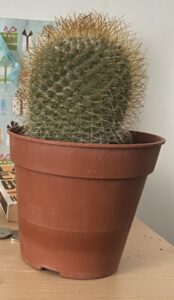Prickly Pear Cactus Fungus: How to Identify and Treat Fungal Infections on Prickly Pear Cactus
Prickly pear cactus, known scientifically as Opuntia, is a hardy plant that flourishes in arid environments. Despite its resilience, it is susceptible to several types of fungal infections that can inhibit its growth and even lead to significant damage if not handled promptly. This article offers comprehensive guidance on identifying and treating fungal infections affecting prickly pear cactus.
Understanding the nuances of prickly pear cactus fungus is essential to maintain its health and vitality. The most common fungal afflictions include Phyllosticta pad spot, which can lead to unsightly spots on the pads, and other species that can cause rot and decay. Recognizing symptoms early and implementing appropriate treatments can ensure these cherished plants continue to thrive in gardens and natural landscapes.
Symptoms of Fungal Infections on Prickly Pear Cactus
Recognizing the early signs of fungal infections is crucial for effective treatment. The symptoms may vary depending on the specific strain of fungus affecting the cactus, but several traits are commonly observed.
Discoloration of Pads:
One of the first indicators of a fungal infection is the appearance of irregular spots or patches on the pads. These discolorations can range from yellow to brown and might eventually develop a dark border as the infection progresses. Affected areas may also appear water-soaked.
Wilting and Softening:
A cactus suffering from a fungal invasion may exhibit wilting symptoms. The pads often become soft and mushy, indicating the plant is unable to maintain adequate turgor pressure due to internal rot. This stage is critical; if left untreated, the infection can spread rapidly throughout the plant.
Black Mold Growth:
In advanced cases, one might notice a black mold on the surface of the infection site. This is often a secondary infection that surfaces due to the initial fungal affliction, further complicating the treatment process.
Signs of Decay:
In cases where the roots are affected, signs of decay may manifest through an unpleasant odor emanating from the soil or the base of the cactus, indicating deeper fungal penetration. If the plant is uprooted, the roots may be blackened or mushy.
Identifying the Culprits: Common Fungal Infections
Several fungal species can affect prickly pear cacti, each with unique characteristics and treatment protocols. Understanding which fungus is afflicting your cactus can help in administering the right course of action.
Phyllosticta:
Phyllosticta is perhaps the most recognized fungal threat to prickly pear cacti. It is primarily identified by the sporadic, dark brown, or purplish spots appearing on the pads. As the infection progresses, these spots can merge and cause significant pad damage. Immediate action, such as removing affected pads, is essential for controlling its spread.
Botrytis:
Botrytis is a gray mold that thrives in humid conditions. It is characterized by fluffy gray mycelium covering affected areas. This fungus typically shows up when environmental conditions are overly moist. Preventative measures include ensuring adequate air circulation and avoiding overhead watering, particularly during cooler months.
Myrothecium:
Another formidable foe, Myrothecium, flourishes under similar conditions as Botrytis. It manifests as black or dark brown spots with distinctive concentric rings. This fungus is notorious for its rapid growth, and immediate treatment can help salvage the cactus.
Effective Treatment Strategies
Once a fungal infection is identified, the next crucial step is implementing effective treatment strategies to combat it.
Physical Removal:
For localized infections, the most straightforward approach is to prune away the affected pads. Utilizing sterilized cutting tools minimizes the risk of spreading the infection further. Ensure the cuts are made several inches down into healthy tissue to avoid leaving any spores behind.
Fungicides:
In cases where infections are more widespread, the use of fungicides can be beneficial. A fungicide formulated specifically for cacti, applied according to the manufacturer’s guidelines, can help in managing the outbreak. Always opt for organic fungicides when possible, as they are generally safer for the plant and surrounding environment.
Proper Watering Techniques:
Adjusting watering routines is vital in preventing future fungal infections. Allow the soil to dry out completely between watering sessions, ensuring the roots don’t sit in moisture. The use of well-draining soil mixtures can also prevent water accumulation, reducing the risk of fungal development.
Enhancing Air Circulation:
Improving air circulation around the prickly pear cactus is an essential preventative strategy. Spacing plants adequately and avoiding overcrowding can help deter fungal growth, as fungi thrive in humid, stagnant air. Consider positioning cacti in outdoor spaces where they can bask in direct sunlight, which further helps to reduce moisture retention.
Conclusion
Prickly pear cactus is a remarkably robust plant, but it is not immune to the challenges posed by fungal infections. By recognizing early symptoms, identifying the fungal culprits, and employing effective treatment strategies, gardeners can maintain the health and beauty of these resilient plants. Practicing diligent care and monitoring environmental conditions will minimize risks and enhance the thriving potential of prickly pear cactus in any garden.





Leave a Comment